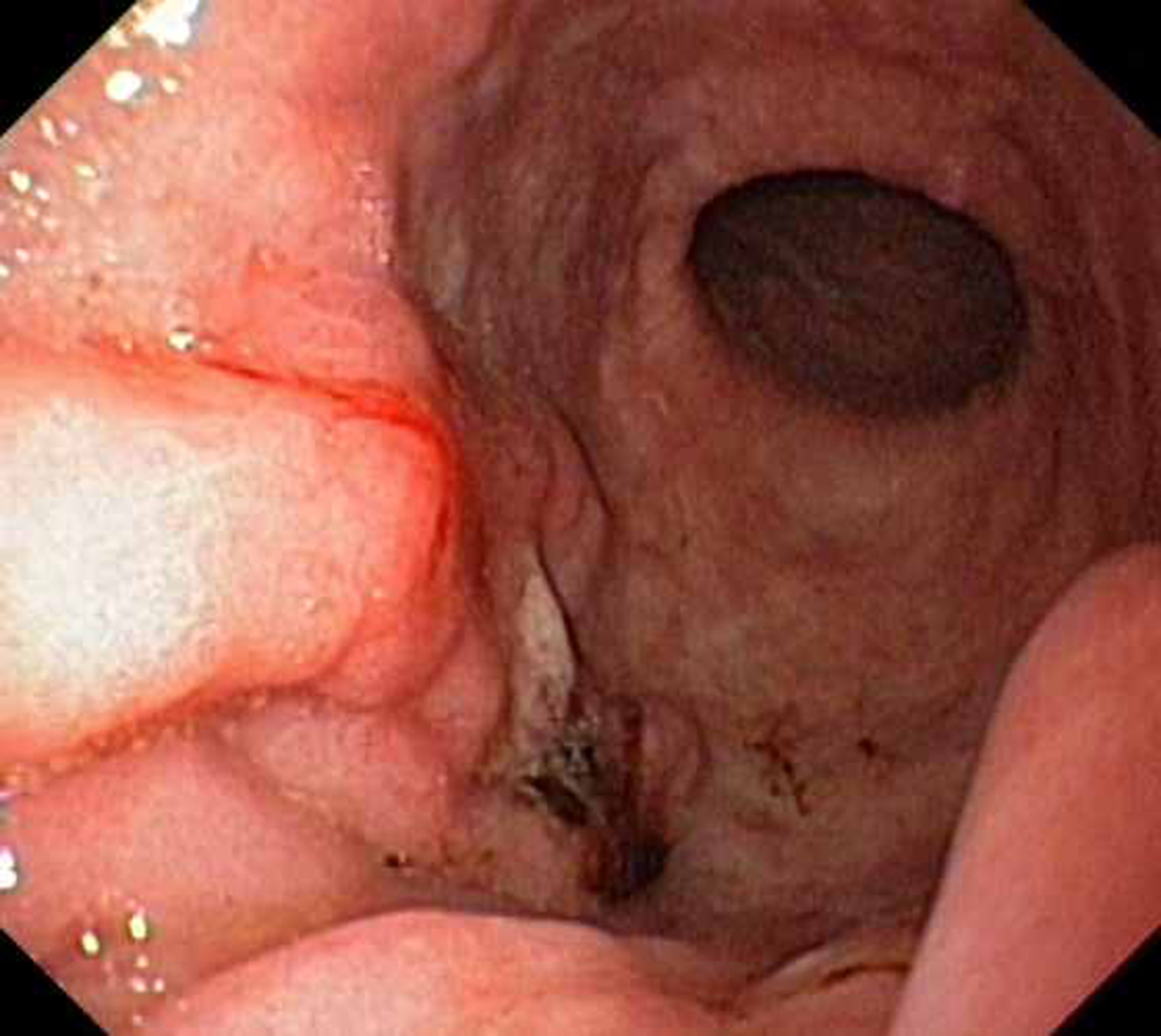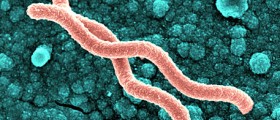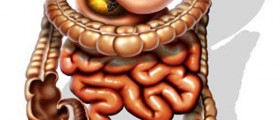
Stomach Cancer
Stomach cancer is the most common malignant tumor. It is on the second place in men, right after lung cancer, and on the third place in women, immediately after uterus and breast cancer. It most frequently affects 40-60 year old people.There are five macroscopic types of gastric cancer: polypoidulcerative ulcer-infiltrative linitis plastica superficial Histological (Lauren) classification includes two types: intestinal diffuse
Causes and Risk Factors
The cause of the gastric cancer occurrence is unknown, but it is known that some food factors may contribute to its development. These are: smoked and very salty food (meat and fish), water in which there are a lot of nitrates, keeping food at room temperature (use of modern refrigeration and food preservation methods decrease the frequency of stomach cancer). Also, smokers and alcoholics are exposed to increased risk of gastric cancer.Many studies show that eating foods containing vitamin C and b-carotene (fresh fruit, vegetables and brown bread) reduces the risk of this disease.
People who have some stomach disease such as, for example atrophic gastritis and pernicious anemia are also at higher risk of gastric cancer development.
WHO (World Health Organization) declared bacterium Helicobacter pylori as carcinogenic for some forms stomach tumors.
Opinions about the connection between stomach ulcer and gastric cancer are divided, especially between Japanese and American scientists, although it appears that the risk of gastric cancer in people with stomach ulcer is still low.
Some studies cite greater frequency of gastric cancer in individuals with blood type A in relation to blood group O, although it is only a few percent higher.
The participation of genetic factors in the emergence of stomach cancer is reflected in its occuring more frequently in patients whose one parent has died from stomach cancer.
It is also more common in the identical than in fraternal twins.
Symptoms of Stomach Cancer
Patients most often feel symptoms that are atypical - abdominal discomfort, abdominal fullness after meals and pain in the stomach.Anorexia (loss of appetite) and nausea (disgusting to food, especially the meat) are also present. About 50% of patients experience the loss in body weight.
Nausea, vomiting of blood, blood in stools, loss of appetite, and anemia that occurs because of occult bleeding (bleeding that is invisible and can be revealed only by chemical tests) are present in two thirds of patients.
About 25% of patients have symptoms similar to those in patients with ulcer disease.
Sometimes the initial symptoms occur in the metastatic stage of cancer and they are manifested in malignant ascites (creating a large amount of free fluid in the abdomen), jaundice due to biliary obstruction, bone pain due to bone metastases, gynecological problems, difficult breathing and swallowing, etc.
In later stage of disease patients lose weight, and some may feel the tumor mass in the upper abdomen, which is a bad sign.

















Your thoughts on this
Loading...